Once again Europe’s tallest volcano puts up another spectacular show. Mount Etna, one of the most active volcanoes in the world that last erupted on the 16th of October in 2012 spewed lava from its new crater on the southeast side during the early morning hours of February 19th. This is the active volcano’s first major eruption for 2013. Before the eruption, Mount Etna had three paroxysms, shooting lava fountains, tall plumes of ash and lava flow. It does, however, constantly spew gas and lava.
The famous Sicilian volcano has been rumbling for weeks, and some strong flashes and lava were noticed on its newest crater on the 22nd of January. The sudden burst of activity is usually a signal that a major eruption is eminent. There were minor eruptions from its Bocca Nuova crater that went on from the 10th to the 20th of January.
Lava continues to flow from the southeast crater, which has been the most active for a few years now. One of the first to take videos of the most recent eruption was Klaus Dorschfeldt, who works at the National Institute of Geophysics and Volcanology in Italy as webmaster and videographer. He said that after years of observing the volcano like a friend, he could already predict what its next activity would be by the pre-eruption activities that occur.
Lava flow has reached an elevation of 2,600 meters on the slope to the northern part of Sierra Giannicola Picola and flowed downward towards Valle del Bove, according to INGV Sezione di Catania. The crater where the eruption occurred is above the town of Catania, however, authorities have not released warningsigns that danger is imminent.
History of Eruptions
Mount Etna belongs to the list of five most active volcanoes in the world. And most of its eruptions are major ones. It seems like such an angry volcano that even the ancient Greeks believed that Vulcan, the fire god, made the volcano his home. The volcano’s name, Etna, translates to “furnace” while its Arabic name, Ǧabal al-Nār, means “the mountain of fire.”
The large volcano has a history of violent eruptions. It first erupted about 500,000 years ago, with one of the most violent eruptions occurring on March 1669, with a series of eruptions that lasted until the end of April that same year. The lava flow from that eruption wrecked major havoc in 10 Sicilian villages. That superseded the other major eruption in 122 BC. It’s violent eruption in 2011 was even observed from space.
According to records, Mount Etna had erupted 200 times already. Its lava flow had covered several villages. Amid the destruction brought about by its almost regular eruptions, these bring some good to the villagers as well. The eruptions provide rich volcanic soil that is very suitable for farming and viticulture. Along the lower slopes of the volcano are numerous orchards, vineyards and agricultural farms.
Video by KdEtna


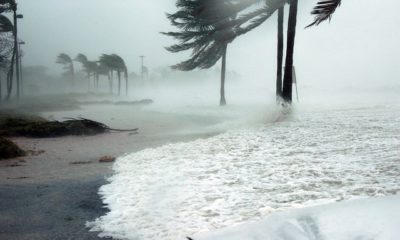
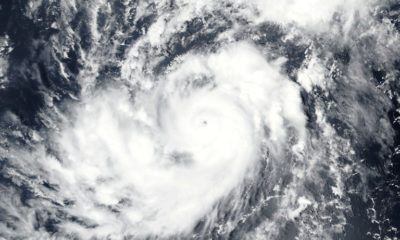

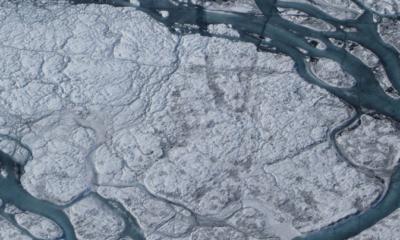
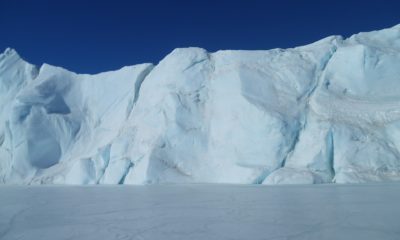
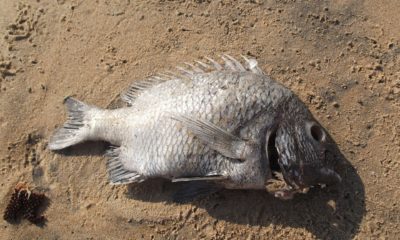
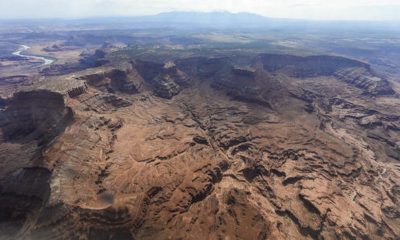






Facebook
Twitter
Pinterest
Google+
LinkedIn
Email